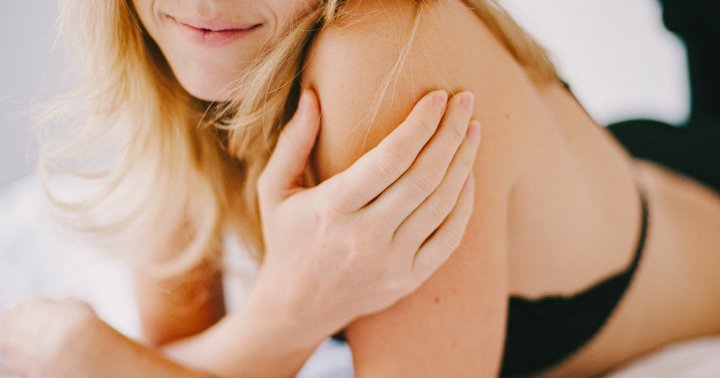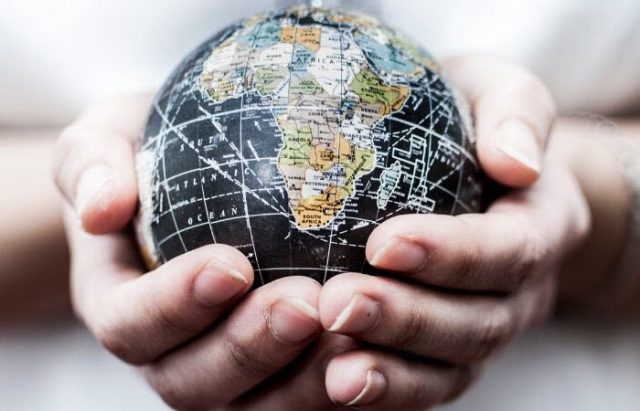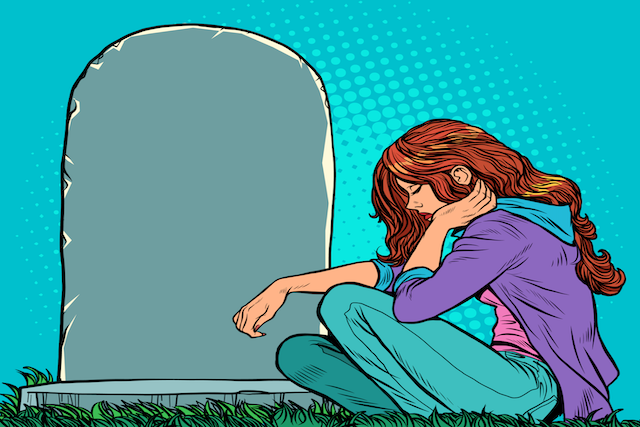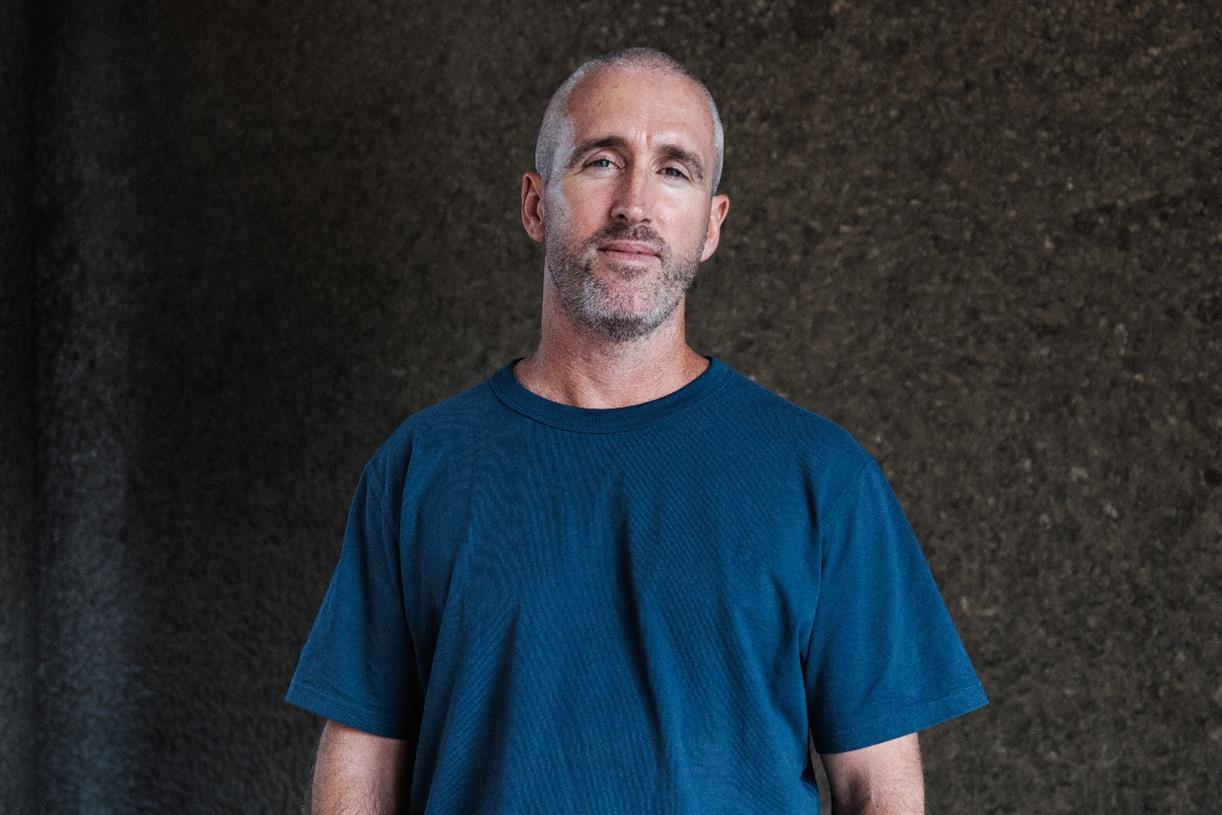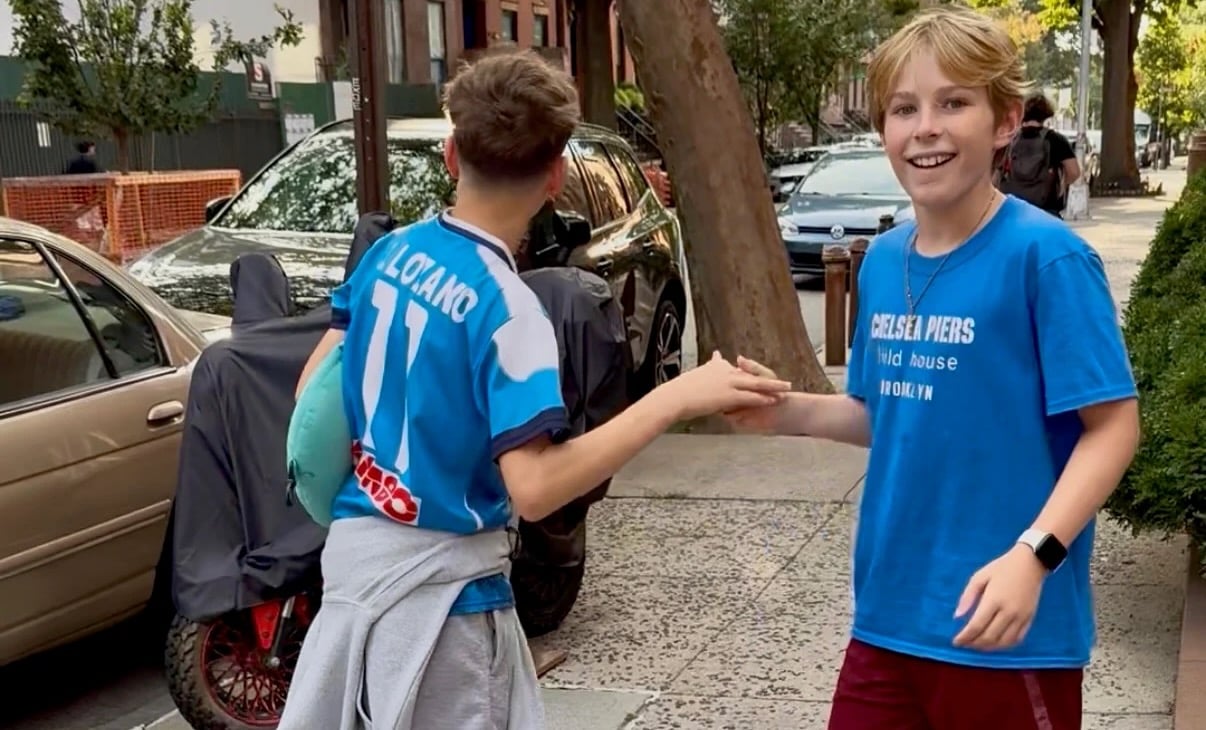Get Curious About Your Anxiety
Buddhism and psychoanalysis take the same approach to calming the anxious mind, says Dr. Pilar Jennings—look with friendly curiosity at your anxiety and what causes it. The post Get Curious About Your Anxiety appeared first on Lion's Roar.

Buddhism and psychoanalysis take the same approach to calming the anxious mind, says Dr. Pilar Jennings—look with friendly curiosity at your anxiety and what causes it.

Photo © Helen Rushbrook / Stocksy United
Not long after my father died suddenly from a cardiovascular procedure, I was sitting in a local café admiring the beautiful foam heart the barista had created on the surface of my latte. After taking a few sips, I noticed an ache in my arm but carried on enjoying the drink. After a few more sips, my breath grew shallow. It dawned on me that arm pain is a symptom of a heart attack.
Tossing my books in my bag, I walked around the corner to the local Urgent Care. After explaining my symptoms, the kindly doctor attached the various EKG electrodes and ran the test. A few minutes later she returned, looked
me in the eye, saying: “Your heart is rock normal.”
I sighed, and we giggled, sensing anxiety had been the real culprit.
The problem with anxiety is that everyone feels it, and no one wants to. Like a gnat on a summer night buzzing around you, waking you up again and again as you keep swatting at it, anxiety causes endless agitation even when you’re determined to sleep it off.
The great masters of the human condition, starting with the historical Buddha, encouraged us to be curious about the causes of anxiety. Deciding to look at what’s causing our distress might shake things up—our most valued relationships might change, even our very sense of self. But then, at long last, relief will come.
We’re complex creatures, and for this reason, anything can be fertile ground for anxiety. It’s even worse when crisis looms, which is why many of us have suffered a lot of anxiety these past several years. It’s interesting that some people have experienced anxiety, while others have felt fear. Let’s look at how these feelings differ and overlap.
Both fear and anxiety have a protective function. They signal the presence of a danger or threat and help us prepare for challenges with increased chances of survival. Whether we’re anxious or frightened, the body responds—blood is sent from the brain to the outer extremities to prepare for action, stress hormones are released, and the sympathetic branch of the autonomic nervous system kicks into gear, preparing us to fight or flee.
The primary difference between fear and anxiety is what triggers them. Fear is a logical response to a known threat, proportionate to the reality one faces. When a news flash announces an incoming tornado, fear is the appropriate response. It can help you when you most need to respond swiftly.
Anxiety, in contrast, usually involves a discrepancy between the external threat and internal response. The sense of danger is active, but when and how this danger will manifest is unknown. A murky feeling of distress and agitation hovers, with “free-floating” anxiety interacting with all possible sources of danger.
Psychoanalytic theory offers this insight: our anxiety carries something deeply personal within it, usually from prior experience that overwhelmed us before we had the resources to cope. So unlike fear, it’s laden with personal history that gets linked to current situations.
Having lived through the pandemic, we see many examples of this difference. Let’s start with the fear many have experienced and move on to anxiety.
This was a potentially lethal virus we didn’t know much about. Anyone paying attention would understandably have been afraid. Because of fear, we changed our behavior, protecting ourselves and others. We bought masks, hand sanitizer, and kept our distance.
While most of us rightly felt anxious at some point—worried about a trip to the grocery store or concerned about a vulnerable loved one—some people became locked into anxiety with no obvious way out. Why were they so vulnerable?
Lurking in anxiety is usually some prior trauma or experience that overwhelmed our ability to sustain feelings of relative safety. For people who’ve lived through sudden and shocking change—war, natural disasters, a tragic death—current stressors reawaken the terror of too much loss too soon.
But there are also traumatic experiences that are harder to identify—a family system that feels chaotic for reasons a young child cannot understand, or a parent’s resentment toward their child’s ever-present need for care and love. These experiences can cause beliefs to form before we’re verbal, creating an early roadmap for how to be in the world and survive. A toddler picking up their parent’s unconscious hostility might believe, “I’m too much,” or “I don’t matter.”
In the throes of a sudden pandemic, these beliefs might be reawakened—by a boss or company that seems similarly unconcerned about their employee’s well-being, or resentful that personal safety efforts are interfering with the organization’s needs. Anxiety emerges, like a signaling system announcing: I’m in danger and nobody cares!
When responding to these difficult experiences, the Buddha encouraged friendly curiosity. Freud and his cohort encouraged a similar practice: a willingness to lift into awareness the beliefs and prior experiences that may have been unconscious until awakened by a current difficulty. But anxiety is so unpleasant, we simply want it to go away instead of doing this work. When the proverbial gnat in our mind starts buzzing, it’s tempting to start swatting with our eyes closed.
For many of us, this involves distraction: food, alcohol, Netflix, sleep, etc. Anything to get the comfort and relief we long for. Others might cope by avoiding anything that seems to awaken the anxiety. If being out in the world stirs anxiety, we’ll stay home. If intimacy stirs anxiety, we’ll keep our relationships contained and tepid. If new opportunities stir anxiety, we’ll cling to what we know, even if we’re clinging to conditions that are painful.
These safety measures are understandable. We reach for what has worked in the past when feeling threatened, until we find new ways of coping that prove trustworthy. Everyone wants relief and comfort when the suffering is strong. But life narrows when withdrawal and distraction are our primary ways to cope.
In Buddhism, we learn methods for looking closely at our suffering, including the suffering of anxiety. This was the Buddha’s first psychological gift to us—to affirm that suffering is human, normal, and worth our respectful curiosity. This teaching goes a long way toward reducing the shame so many feel when anxious. As a clinician, I’ve heard many patients over the years lament that other people cope just fine when they cannot. “I’m a nervous wreck, while others confidently enjoy life!”
Often, we fixate on the symptoms of our suffering and distract ourselves from the causes. Again, this is a natural human tendency: getting mental distance from the suffering itself. Yet I’ve found, both as a clinician and a Buddhist, that when we risk turning toward the causes of our anxiety, we’ll have a much better chance of getting the relief we need and deserve.
In our spiritual practice, we do this by cultivating the ability to observe what’s happening in our minds with as little judgment as possible. By developing a feeling of friendly curiosity even about our neuroses. By noticing where we feel anxiety in the body. Especially by noting any powerful narratives that cause its arising.
When we’re heading into whatever stirs our particular fears, do we hear ourselves proclaim: “You never get things right!” or, “You can’t be seen”? The noticing itself is the first step toward the willingness to care for the ways we’ve come to suffer.
In psychotherapy, we explore prior experiences that contribute to painful narratives about ourselves and others. We also investigate contradictory beliefs that invariably cause anxiety—the belief you should be your neighbor’s keeper, but also look out for number one. Or that you should be safely dependent on a loved one, but also take care of yourself without help.
These conflicting feelings and beliefs make life feel treacherous. Feelings of aloneness take over when our problems seem insoluble. But in both the Buddhist and psychotherapeutic traditions, we come to realize that suffering, like anxiety, is our road into the human family. What may feel like a signal of unique inadequacy is actually an opportunity to appreciate that our particular suffering reflects the suffering of us all. Others may look just fine—wearing stylish outfits with a bounce in their step!—but they too are working hard to turn toward their distress, usher out anxiety, and enjoy the blessings of a good life.

 Koichiko
Koichiko 









